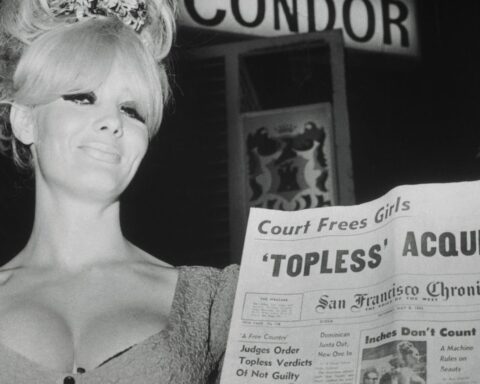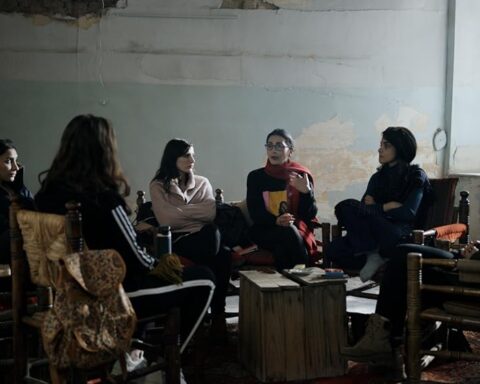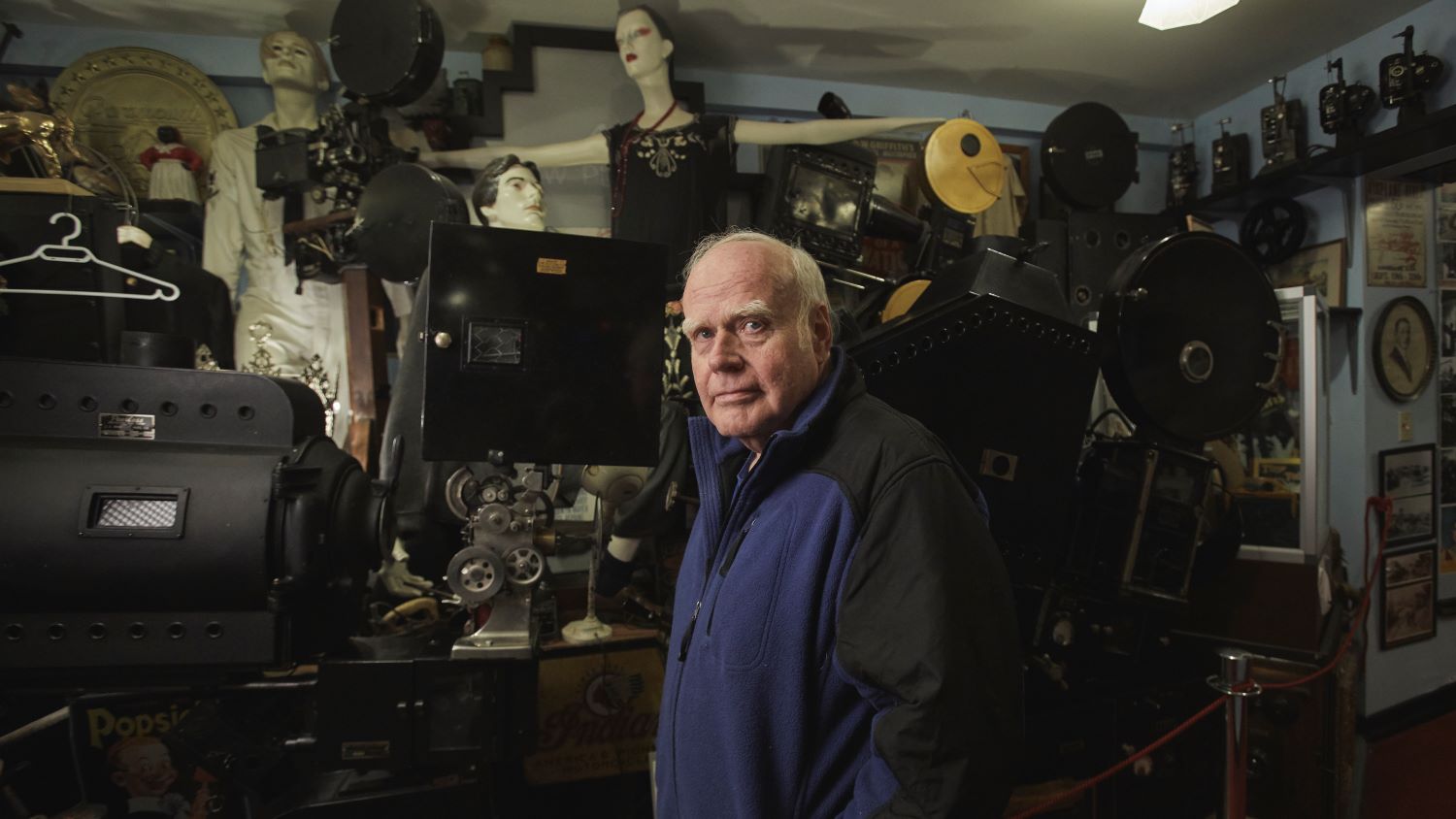Analogue Revolution: How Feminist Media Changed the World
(Canada, 94 min.)
Dir. Marusya Bociurkiw
A 2022 study from the San Diego State University’s Center for the Study of Women in Television and Film reported that women penned only 31% of film reviews in the first quarter of that year. The statistic is especially bleak after #MeToo rocked the film industry in 2017 and people of all stripes—producers, editors, directors, executives, etc.—pledged to do better after the allegations of sexual assault and misconduct against Harvey Weinstein opened the floodgates and inspired a cultural reckoning. Culture might have a short-term memory span, as the statistics suggest, but one shouldn’t forget the many women in media who’ve made a positive impact while striving to change the game. Analogue Revolution: How Feminist Media Changed the World reminds audiences of some of the many women who pushed for change.
The documentary directed by Marusya Bociurkiw takes a talking heads approach to history. Bociurkiw invites women in publishing, film, and the festival circuit—among other cultural fields—to tell how they elevated women’s voices in a patriarchal society. The chorus of interviewees include several filmmakers and producers, include long-time NFB stalwart Bonnie Thompson, Bonnie Sherr Klein, and Moira Simpson. The latter’s film Marker of Change: The Story of the Women’s Monument (1988) connects the many threads together with its portrait of the reckoning of violence against women in the aftermath of the 1989 Polytechnique massacre in Montreal that took the lives of 14 women. As a documentary about women, by women, Marker of Change injects a clear punctuation mark into the story of self-representation. (By contrast, the doc salutes Not a Love Story’s many virtues, but doesn’t say much about the controversies that mobilized further women behind the camera.)
Analogue Revolution has a who’s who from the film side of Canadian cultural commentary. Art scene figurehead Zainub Verjee lets the camera follow her through her heritage building in downtown Toronto—with POV’s former office just outside the frame!—before sitting down with Bociurkiw to talk about the short-lived success of her In Visible Colours film festival. The Vancouver, event, Verjee explains, was major showcase for films by women of colour. She tells how over 100 works by women from 28 countries gave the screen a focus too rarely seen—and fundraised substantial money to make it happen—but a falling out with Women in Film cut short an event for which there was clearly an appetite.
Other voices include POV contributor Susan G. Cole, who dishes about the history of Broadside Feminist Review. She looks back at the publication that allowed writers to do deep dives into stories about issues affecting women that mainstream publications—heck, even smaller ones—neglected to provide space for. Offering perspectives about the consequences of pornography, for example, let publications like Broadside expand the cultural conversation. (Fans eager for more of Cole’s voice can, ahem, subscribe to POV.)
Cole also faces some fair but tough questions about Broadside’s inadvertent focus on white feminism. The writer doesn’t make excuses and notes somewhat regretfully that efforts to expand the conversation weren’t as intersectional as they could have been. But Bociurkiw isn’t pointing fingers or assigning blame. Instead, she looks to additional groups that emerged with a focus on women of colour. For example, Nova Scotia filmmaker Sylvia D. Hamilton tells the story of shaking up the NFB’s “women’s unit” Studio D with Black Mother, Black Daughter and using the opportunity to advance many women of colour who shared her stake in the documentary’s success.
Other figures like Grace Channer recall how Our Lives Black Women’s Newspaper injected the media with fresh perspectives. The film has some great interviewees who speak to many issues broadly and help connect the dots with activist Judy Rebick landing the title of Queen of the Soundbites with some great yarns. Meanwhile, Canadian rock icon Carole Pope narrates Analogue Revolution with a confidence and authority. The rocker’s voice echoes the story of many of these women who helped break glass ceilings one crack at a time. Her offscreen presence, moreover, underscores how the talking heads are just a handful of perspectives among many in a cultural shift.
The talking heads approach admittedly sticks to convention while saluting a cadre of women who defied convention, and puts a Canadian spin on a topic covered thoroughly in Ahead of the Curve, among other docs, but the style seems fitting. It’s refreshing to see the history told by the women who wrote it and lived it, many of whose endeavours weren’t as long lived as they should have been. But they continue to resonate in publications, festivals, and voices that come and go—and those that last. The irony of a man reviewing this documentary, however, isn’t lost on me.
Analogue Revolution opens at Hot Docs Ted Rogers Cinema on March 2.













